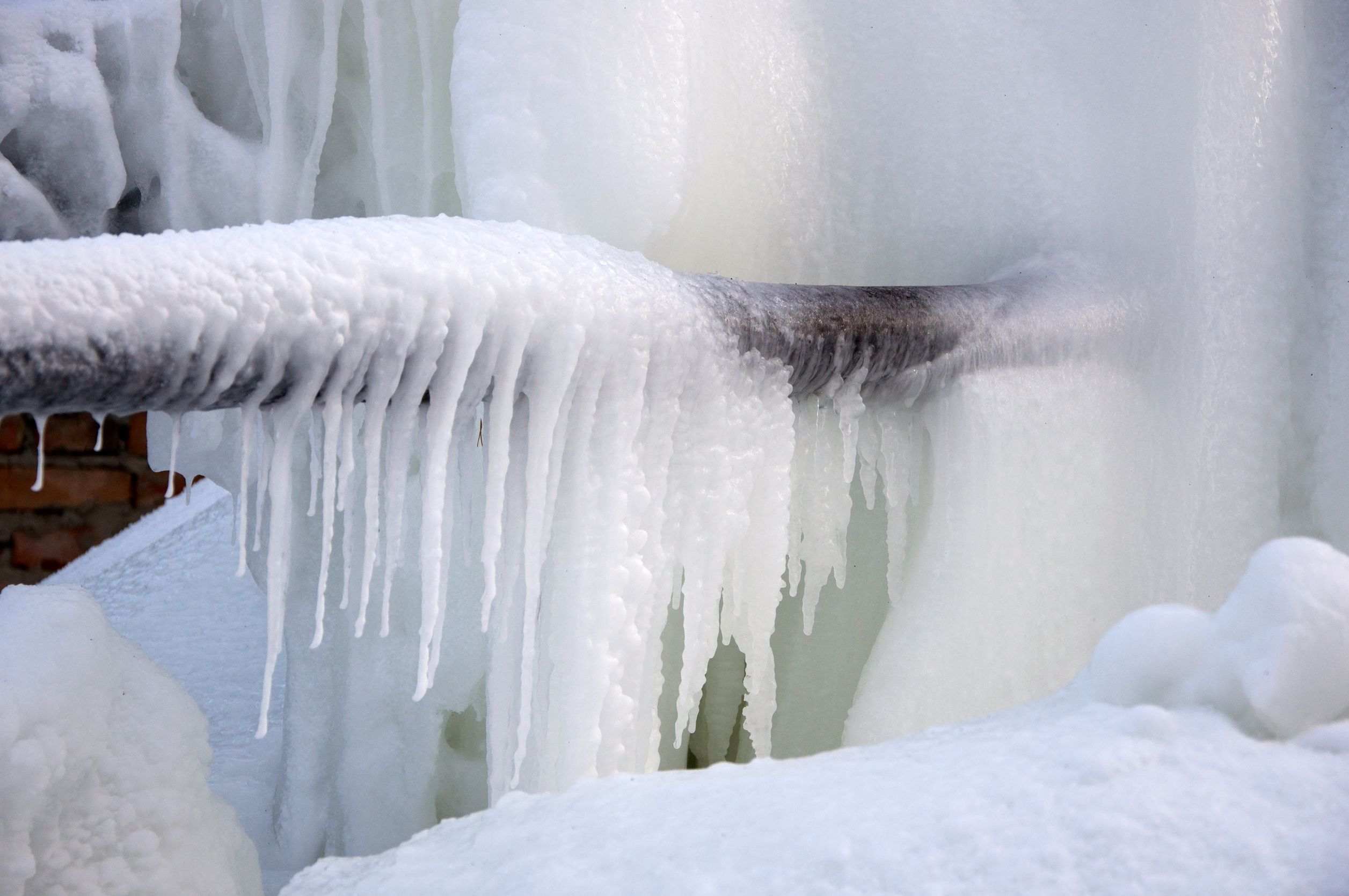Protecting Against Frozen Plumbing: Top Tips for Cold Weather
Protecting Against Frozen Plumbing: Top Tips for Cold Weather
Blog Article
Do you find yourself hunting for selective information concerning How to Prevent Your Pipes From Freezing?

Cold weather can ruin your plumbing, particularly by freezing pipelines. Here's just how to prevent it from occurring and what to do if it does.
Introduction
As temperatures decline, the danger of icy pipes rises, potentially causing costly repair services and water damage. Understanding exactly how to avoid icy pipelines is essential for home owners in chilly environments.
Avoidance Tips
Protecting susceptible pipelines
Wrap pipes in insulation sleeves or use warmth tape to protect them from freezing temperature levels. Focus on pipelines in unheated or exterior locations of the home.
Heating techniques
Keep interior spaces sufficiently heated, particularly locations with pipes. Open up cupboard doors to enable warm air to distribute around pipelines under sinks.
How to identify frozen pipelines
Seek reduced water flow from faucets, uncommon odors or sounds from pipelines, and visible frost on revealed pipelines.
Long-Term Solutions
Architectural modifications
Think about rerouting pipes away from outside walls or unheated areas. Add added insulation to attic rooms, cellars, and crawl spaces.
Updating insulation
Purchase top notch insulation for pipelines, attic rooms, and wall surfaces. Correct insulation aids maintain consistent temperature levels and decreases the threat of icy pipes.
Safeguarding Exterior Pipes
Garden hoses and outside faucets
Separate and drain yard hoses prior to winter season. Mount frost-proof faucets or cover outside faucets with protected caps.
Understanding Icy Pipes
What causes pipelines to ice up?
Pipes ice up when exposed to temperatures below 32 ° F (0 ° C) for expanded periods. As water inside the pipes ices up, it increases, putting pressure on the pipeline wall surfaces and potentially triggering them to break.
Threats and problems
Icy pipes can result in water system disruptions, property damages, and pricey repair services. Burst pipes can flooding homes and create extensive architectural damage.
Signs of Frozen Pipes
Recognizing frozen pipelines early can avoid them from bursting.
What to Do If Your Pipes Freeze
Immediate actions to take
If you believe icy pipes, keep faucets open up to relieve pressure as the ice thaws. Utilize a hairdryer or towels soaked in warm water to thaw pipelines gradually.
Final thought
Protecting against icy pipelines calls for aggressive measures and quick responses. By recognizing the reasons, indications, and preventive measures, homeowners can safeguard their plumbing during cold weather.
5 Ways to Prevent Frozen Pipes
Drain Outdoor Faucets and Disconnect Hoses
First, close the shut-off valve that controls the flow of water in the pipe to your outdoor faucet. Then, head outside to disconnect and drain your hose and open the outdoor faucet to allow the water to completely drain out of the line. Turn off the faucet when done. Finally, head back to the shut-off valve and drain the remaining water inside the pipe into a bucket or container. Additionally, if you have a home irrigation system, you should consider hiring an expert to clear the system of water each year.
Insulate Pipes
One of the best and most cost-effective methods for preventing frozen water pipes is to wrap your pipes with insulation. This is especially important for areas in your home that aren’t exposed to heat, such as an attic. We suggest using foam sleeves, which can typically be found at your local hardware store.
Keep Heat Running at 65
Your pipes are located inside your walls, and the temperature there is much colder than the rest of the house. To prevent your pipes from freezing, The Insurance Information Institute suggests that you keep your home heated to at least 65 degrees, even when traveling. You may want to invest in smart devices that can keep an eye on the temperature in your home while you’re away.
Leave Water Dripping
Moving water — even a small trickle — can prevent ice from forming inside your pipes. When freezing temps are imminent, start a drip of water from all faucets that serve exposed pipes. Leaving a few faucets running will also help relieve pressure inside the pipes and help prevent a rupture if the water inside freezes.
Open Cupboard Doors
Warm your kitchen and bathroom pipes by opening cupboards and vanities. You should also leave your interior doors ajar to help warm air circulate evenly throughout your home.

Hopefully you enjoyed reading our post on Preventing and dealing with frozen pipes. Thank you for finding the time to read through our article post. Liked our review? Please share it. Let someone else discover it. Thank you for going through it.
Click Here Report this page